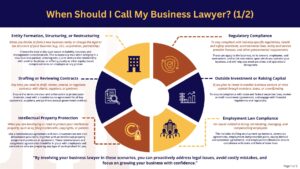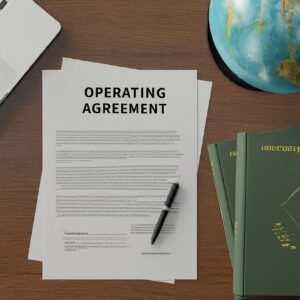It is not uncommon to receive a call from a prospective client requesting assistance when they are owed money from a company that has just filed bankruptcy. While there are many factors to evaluate, one of the core issues is how to make a claim in bankruptcy. Whether you are owed $1 or $1,000,000,000, the general claims process is the same. And those creditors who do not timely make a claim, are forever barred from collecting on their debt, with limited exceptions. In the not-too-distant past, claims were made by manually filling out a proof of claim form and filing it with the bankruptcy court. However, with the advent of technology, many jurisdictions now have on-line claims’ portals where you can file your claim on-line and upload the necessary supporting documentation. But let us start with the basics.
The Claims Bar Date
The first thing to monitor is whether a claims bar date has been set. In a Chapter 7 bankruptcy, the Chapter 7 Trustee will notify the creditor body when a claim’s bar date is set. The Chapter 7 Trustee will typically wait to set the claims bar date until he or she knows if there will be assets to distribute to the creditor body. Otherwise, the bankruptcy is considered a “no asset” case, which means there are no assets to distribute to the creditors (and thus, no reason to file a claim). In a Chapter 7 case, even though the Bankruptcy Rules state that a claim is timely filed if done so within 70 days of the order for relief (Rule 3002(c) of the Federal Rules of Bankruptcy Procedure (“FRBP”)), in my experience, creditors typically await notice of the claims bar date from the Chapter 7 Trustee, as noted above.
In a Chapter 11 bankruptcy, typically the debtor will file a motion requesting that a claims bar date be set. Rule 3003(c)(3) of the FRBP. If the court enters an order approving the bar date, the debtor will notify the creditor body of the claims bar date, and how to file a claim.
One of the exceptions to filing a claim in a Chapter 11 bankruptcy is when the debtor has “scheduled” a creditor’s claim. Rule 3003(a)(1) (“The schedule of liabilities filed pursuant to [11 U.S.C.] § 521(1) of the [Bankruptcy] Code constitute prima facie evidence of the validity and amount of the claims of creditors, unless they are scheduled as disputed, contingent, or unliquidated.”). However, as noted above, if the debtor has scheduled a claim as “disputed, contingent or unliquidated,” then the creditor must file a claim. Moreover, if the debtor has “scheduled” a creditor’s claim, but the creditor does not agree with the claim (e.g., the creditor believes it is owed more money), then the creditor should file a claim.
The Proof of Claim
After a creditor learns of the claims bar date, the creditor must timely file a “proof of claim”. The proof of claim is a short form that does not require much information. Click here to view the official proof of claim form. However, the creditor should also provide supporting documentation when it files a proof of claim, which demonstrates the basis and amount of the claim. Rule 3001(c) of the FRBP. For example, assume the creditor loaned the debtor $100,000 which is secured by real property. When the creditor files its claim for $100,000, it should include as attachments, the loan agreement, the promissory note, the deed of trust or mortgage (Rule 3001(d) of the FRBP), and any other evidence of the debt and the amount owed.
Objections to Proofs of Claim
Once the proof of claim is filed, what happens next? The debtor will have the opportunity to object to the claim. Rule 3007 of the FRBP. If the debtor does not agree with the claim of the creditor, for any number of reasons, it will file an objection. The debtor can also file “omnibus objections”. Rule 3001(e) of the FRBP. An omnibus objection is an objection to multiple claims from different creditors. The objection itself is typically several pages and provides the legal grounds for the debtor’s position. For example, the claim is not timely filed, the claim is a duplicative claim, or the claim was filed in the wrong case. The debtor will ask the court to either disallow the claim in total or in part. As a creditor, the most important part of the omnibus objection is typically the exhibit that lists the claims and the creditor. An unwary creditor can easily miss its claim if it does not review the omnibus objection carefully.
Before the court disallows a claim, the creditor will have the opportunity to respond to any objections filed by the debtor. If a creditor chooses to respond, then often the matter will turn into litigation in the bankruptcy court (referred to as a “contested matter”).
If the debtor does not object to a creditor’s claim, it will be deemed allowed. 11 U.S.C. § 502(a). That simply means that the creditor will be able to share in any distributions made to that class of creditors in general. It does not mean that the creditor will automatically receive the entirety of its claim.
The foregoing is just a basic overview of the claims process in bankruptcy – there are many twists and turns and nuances. The claims process can lead to litigation over whether the claim is valid, and if so, the proper amount of the claim. If you believe a debtor owes you money, you would be wise to seek competent bankruptcy counsel. Simply filing a claim is usually inexpensive and fast. However, if litigation ensues, the process can become much more tedious and demanding.

























